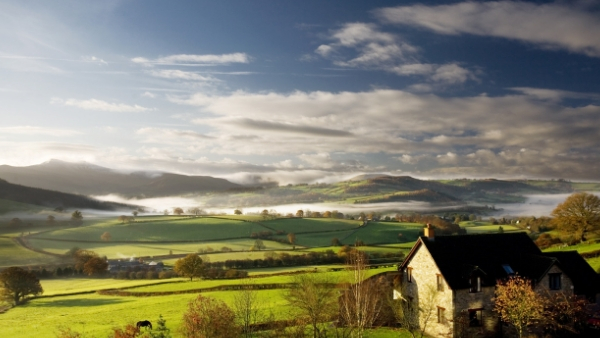Author
Woodlands benefit from a number of tax breaks which can make ownership and investment attractive. It is important to understand the limitations of these tax exemptions and reliefs, and the conditions which must be met to benefit from them. With proper planning the tax benefits can be used to maximum effect as part of a wider estate planning strategy.
Broadly speaking, income and capital gains generated from the use of woodlands for commercial forestry with a view to profit are exempt from tax. It will be necessary to document the commercial nature of the forestry work that it is being carried out. Annual business accounts should be prepared and proper records should be kept. It is worth noting that not all forms of commercial woodlands activity will qualify. For instance, short rotation coppice and the land used for that purpose is treated for tax purposes as farming and farmland, and will not qualify as a result, although Agricultural Property Relief (APR) for Inheritance Tax (IHT) may be available instead.
IHT applies to the value of a deceased person’s estate above certain thresholds at a rate of 40%. APR, Business Property Relief (BPR) and a specific woodlands relief can all reduce the burden of IHT on future generations. Woodlands relief might be thought to be the obvious relief to claim but it is not particularly generous compared to APR and BPR (although some of the qualifying conditions for those reliefs might be considered more stringent).
First, the woodland must have been owned for five years before death. Second, the relief is only on the value of the timber not on the value of the land. Third, the relief is only a deferral of IHT until the timber is sold. If the timber is sold in future, IHT will have to be paid at that point. The deceased’s personal representatives (who administer the estate and deal with payment of IHT) have to elect for woodlands relief to apply. Potentially, the timber could be held until the death of the next generation and the relief claimed again to continue to defer the IHT. Fourth, gifts made within seven years of death become chargeable to IHT but woodlands relief, in contrast to APR and BPR, cannot be applied against a lifetime gift.
APR and BPR, however, are more generous reliefs potentially removing 100% of the value of the timber and also the land from the chargeable value of the IHT estate. The minimum period to have held the woodlands in order to qualify for the reliefs can be shorter at only two years.
To ensure that APR and/or BPR will apply requires careful analysis and planning during lifetime. Of particular importance to claim BPR is to document that there is a trading business within the definition of the relief. The woodland must be actively managed for the business to be considered to be wholly or mainly trading rather than a passive investment vehicle. Again, preparation of accounts, maintenance of records and putting in place a suitable legal structure will all contribute to a successful claim.
Michelmores has specialist estate planning and tax lawyers who can help to minimise the effect of tax on your estate.
For more information please contact Edward Porter, Partner or your usual Michelmores contact.
Print article

